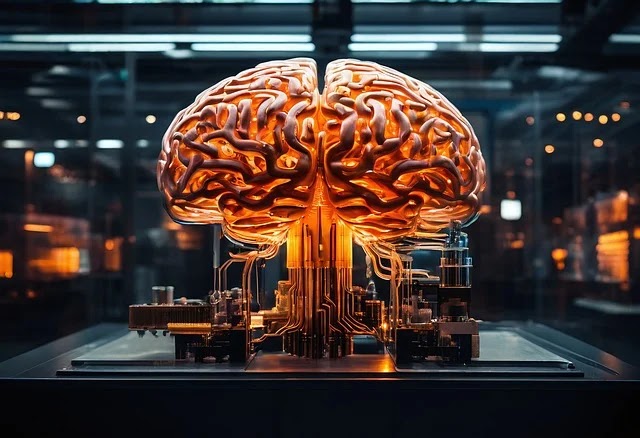Empowering the Creators of Tomorrow
In today’s rapidly evolving world, creativity has become one of the most valuable assets. The creators of tomorrow, whether they are artists, entrepreneurs, scientists, or innovators, are poised to shape the future in profound ways. But how can we ensure that these creators are empowered with the tools, knowledge, and opportunities they need to thrive?
The Role of Education
Education is the cornerstone of empowerment. The way we educate the youth today will define the inventors, designers, and thinkers of tomorrow. More than ever, a shift from traditional rote learning to a model that fosters critical thinking, problem-solving, and innovation is essential. Encouraging creativity in classrooms through hands-on projects, collaborative learning, and exposure to diverse disciplines enables students to explore their passions early on.
Additionally, access to digital technology is crucial. From coding to digital design, technology is intertwined with nearly every creative field. Ensuring students have access to technology—regardless of their background—levels the playing field and opens up new avenues for innovation.
Fostering a Growth Mindset
One of the key qualities that define a successful creator is the ability to embrace failure and learn from it. The concept of a growth mindset, popularized by psychologist Carol Dweck, is instrumental in empowering creators. It emphasizes that talent and intelligence are not fixed traits, but rather can be developed through effort and persistence. By fostering this mindset in young people, we equip them with the resilience to overcome challenges, adapt to changes, and continue striving toward their creative visions.
Supportive Ecosystems for Innovation
For creators to truly flourish, they need an ecosystem that supports innovation. This involves mentorship programs, funding opportunities, and platforms that connect them to like-minded individuals. Co-working spaces, incubators, and startup hubs have become critical in nurturing the next generation of creators. These spaces offer more than just physical locations; they provide networks of resources, guidance, and collaboration opportunities.
Moreover, governments and industries have a role to play by offering grants, scholarships, and incentives that encourage creative work in fields such as technology, the arts, and entrepreneurship. Public and private sector partnerships can further enhance these efforts, creating environments where creators can take risks and experiment with new ideas.
Bridging the Gap: Inclusivity and Accessibility
True empowerment means ensuring that every individual, regardless of gender, ethnicity, or socioeconomic status, has the opportunity to create. Diversity in creativity is what brings about the most innovative solutions to today’s challenges. It is important to close the gap by making sure underrepresented groups have equal access to resources, education, and support.
The rise of online platforms and digital tools has made creativity more accessible. However, there is still work to be done in ensuring that these tools reach underserved communities. By addressing these disparities, we empower a broader range of voices and perspectives, enriching the creative landscape.
Conclusion
Empowering the creators of tomorrow is not just about preparing individuals to succeed in their chosen fields, but also about fostering an environment where creativity can thrive on a larger scale. By investing in education, promoting a growth mindset, building supportive ecosystems, and championing inclusivity, we can ensure that the innovators, dreamers, and makers of the future are equipped to shape a world that is imaginative, diverse, and forward-thinking.







0 Comments